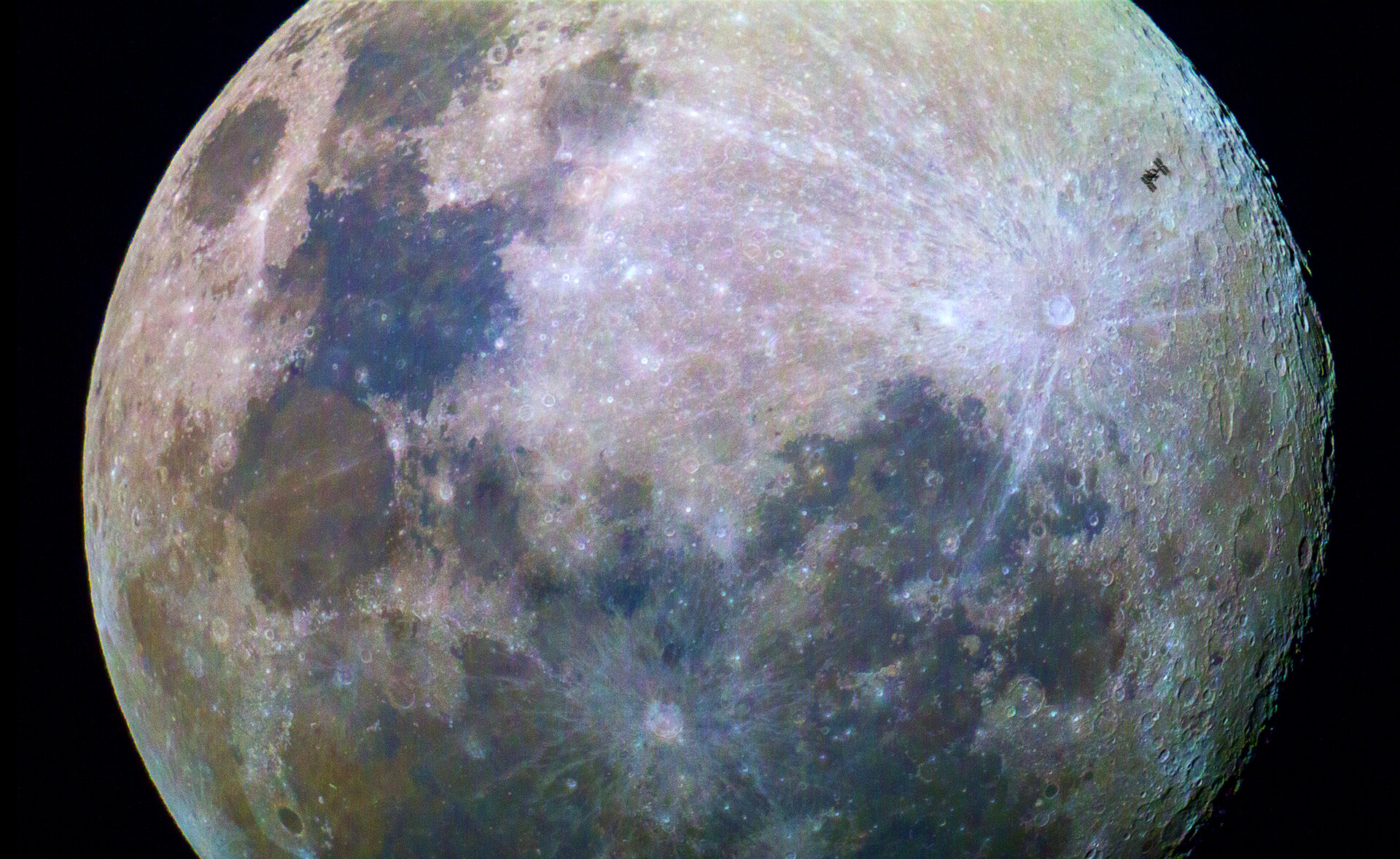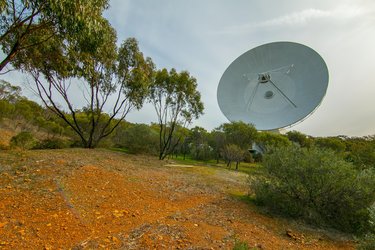Accept all cookies Accept only essential cookies See our Cookie Notice

About ESA
The European Space Agency (ESA) is Europe’s gateway to space. Its mission is to shape the development of Europe’s space capability and ensure that investment in space continues to deliver benefits to the citizens of Europe and the world.
Highlights
ESA - United space in Europe
This is ESA ESA facts Member States & Cooperating States Funding Director General Top management For Member State Delegations European vision European Space Policy ESA & EU Space Councils Responsibility & Sustainability Annual Report Calendar of meetings Corporate newsEstablishments & sites
ESA Headquarters ESA ESTEC ESA ESOC ESA ESRIN ESA EAC ESA ESAC Europe's Spaceport ESA ESEC ESA ECSAT Brussels Office Washington OfficeWorking with ESA
Business with ESA ESA Commercialisation Gateway Law at ESA Careers Cyber resilience at ESA IT at ESA Newsroom Partnerships Merchandising Licence Education Open Space Innovation Platform Integrity and Reporting Administrative Tribunal Health and SafetyMore about ESA
History ESA Historical Archives Exhibitions Publications Art & Culture ESA Merchandise Kids Diversity ESA Brand Centre ESA ChampionsLatest
Space in Member States
Find out more about space activities in our 23 Member States, and understand how ESA works together with their national agencies, institutions and organisations.
Science & Exploration
Exploring our Solar System and unlocking the secrets of the Universe
Go to topicAstronauts
Missions
Juice Euclid Webb Solar Orbiter BepiColombo Gaia ExoMars Cheops Exoplanet missions More missionsActivities
International Space Station Orion service module Gateway Concordia Caves & Pangaea BenefitsLatest
Space Safety
Protecting life and infrastructure on Earth and in orbit
Go to topicAsteroids
Asteroids and Planetary Defence Asteroid danger explained Flyeye telescope: asteroid detection Hera mission: asteroid deflection Near-Earth Object Coordination CentreSpace junk
About space debris Space debris by the numbers Space Environment Report In space refuelling, refurbishing and removingSafety from space
Clean Space ecodesign Zero Debris Technologies Space for Earth Supporting Sustainable DevelopmentLatest
Applications
Using space to benefit citizens and meet future challenges on Earth
Go to topicObserving the Earth
Observing the Earth Future EO Copernicus Meteorology Space for our climate Satellite missionsCommercialisation
ESA Commercialisation Gateway Open Space Innovation Platform Business Incubation ESA Space SolutionsLatest
Enabling & Support
Making space accessible and developing the technologies for the future
Go to topicBuilding missions
Space Engineering and Technology Test centre Laboratories Concurrent Design Facility Preparing for the future Shaping the Future Discovery and Preparation Advanced Concepts TeamSpace transportation
Space Transportation Ariane Vega Space Rider Future space transportation Boost! Europe's Spaceport Launches from Europe's Spaceport from 2012
Station Moon transit
Thank you for liking
You have already liked this page, you can only like it once!
This image of the Moon was taken by amateur photographer Dylan O’Donnell as the International Space Station passed by at 28 800 km/h. At such speeds the weightless research laboratory was visible for only about a third of a second before returning to the dark skies.
Dylan captured the moment in Byron Bay, New South Wales, the eastern-most point of Australia, where the absence of larger towns offers low levels of light pollution.
The image was taken on 30 June 2015 at 19:54 local time with the Space Station flying 400 km above the Pacific Ocean. A conventional camera was placed behind a 2300 mm / f10 telescope and Dylan took as many pictures as possible during the Station’s brief passage and hoped for the best.
Five images of the Moon taken before and after the Station passed by were processed using freely available astrophotography tools to improve sharpness, a process called stacking. Lastly, the colours were enhanced to bring out the Moon’s colourful surface geology.
This is the first picture of the Station Dylan has published, commenting, “I take many types of pictures but the International Space Station is a wonderful target and one I’ve wanted to capture for a long time.”
Spotting the orbital complex yourself is easier than you might think. It can be seen and photographed without special equipment as it passes overhead. As it moves so fast, the hard part is to know when and where to look. ESA’s tracker shows you where the Station is at any time and you can sign up to receive alerts for your neighbourhood here.
Once you know where the Space Station will be, it is best to wait for dawn or dusk. It looks like a very bright star or aircraft gliding through the sky. For less advanced pictures without using the Moon as a background, use a tripod and set the shutter speed to a long exposure of up to a minute. The Station will always arrive from the west and will appear as a white streak in the photograph.
-
CREDIT
Public domain–Dylan O’Donnell -
LICENCE
ESA Standard Licence

Station Moon transit

Ghostly green

Looking up from down under

The longest call















 Germany
Germany
 Austria
Austria
 Belgium
Belgium
 Denmark
Denmark
 Spain
Spain
 Estonia
Estonia
 Finland
Finland
 France
France
 Greece
Greece
 Hungary
Hungary
 Ireland
Ireland
 Italy
Italy
 Luxembourg
Luxembourg
 Norway
Norway
 The Netherlands
The Netherlands
 Poland
Poland
 Portugal
Portugal
 Czechia
Czechia
 Romania
Romania
 United Kingdom
United Kingdom
 Slovenia
Slovenia
 Sweden
Sweden
 Switzerland
Switzerland
























